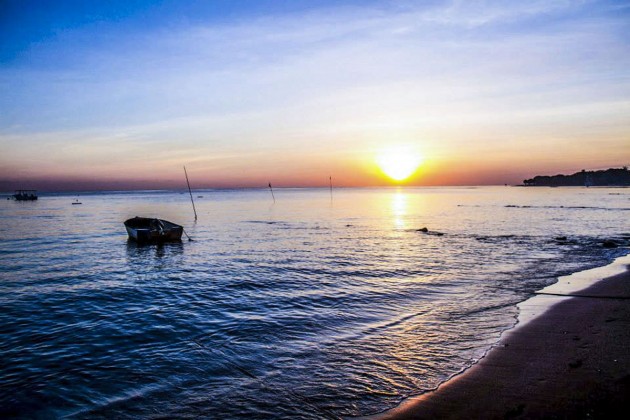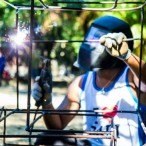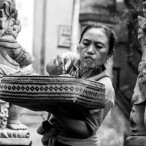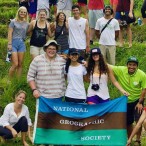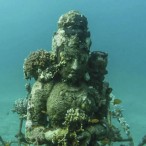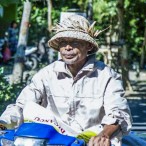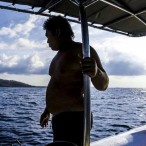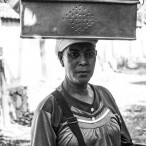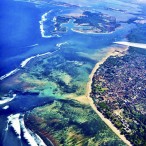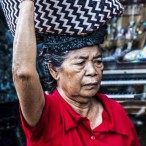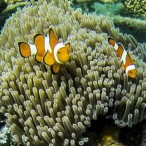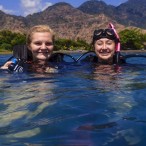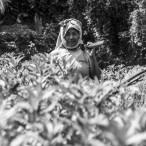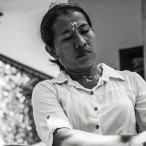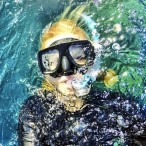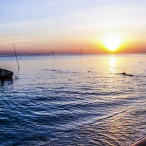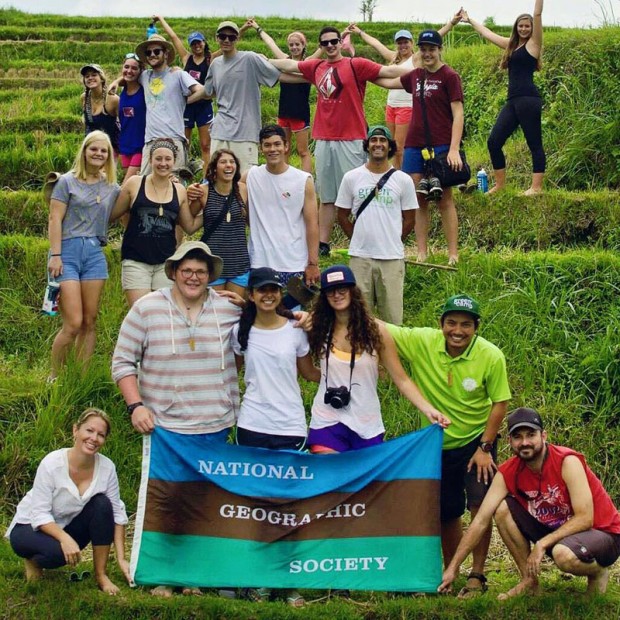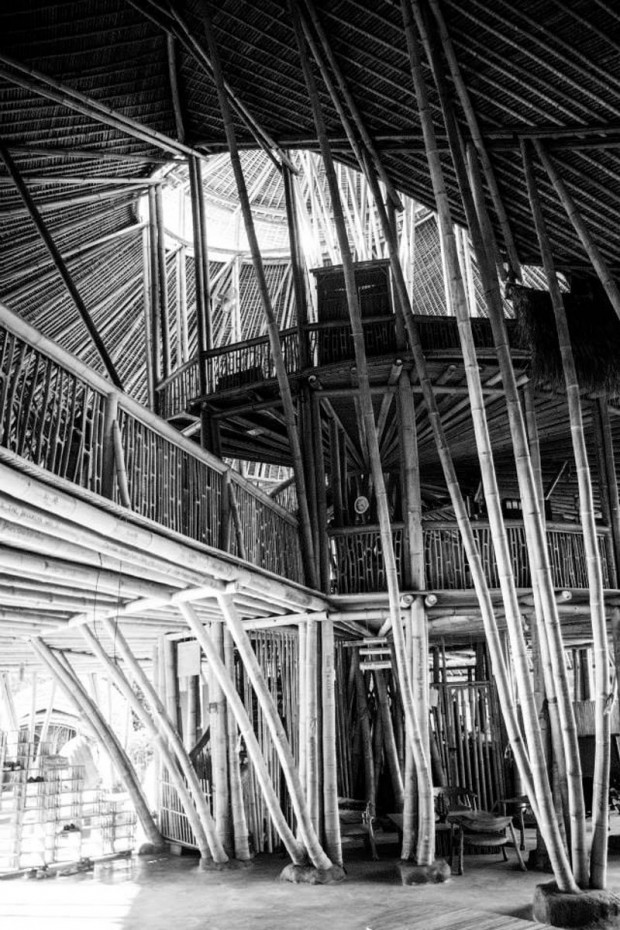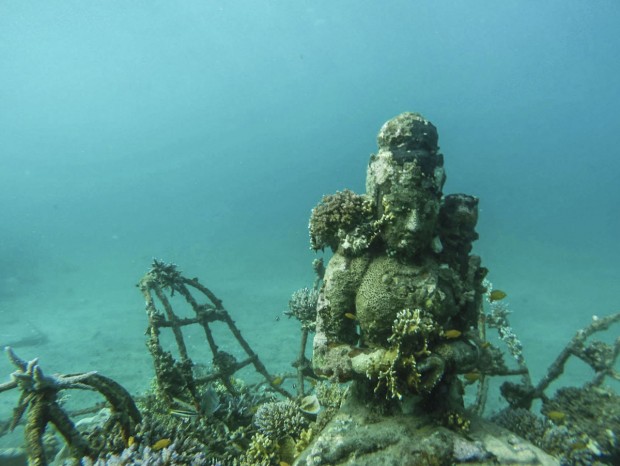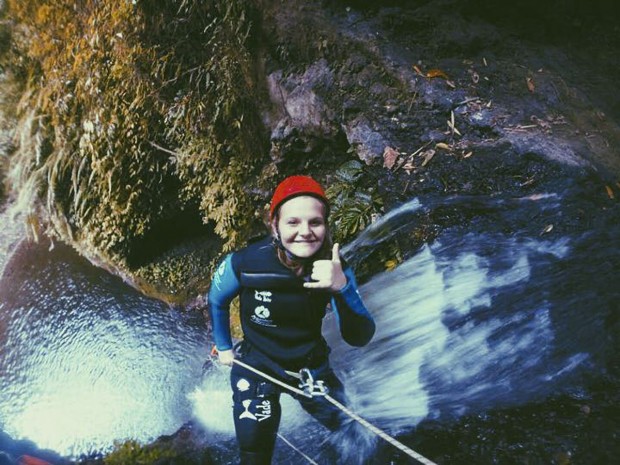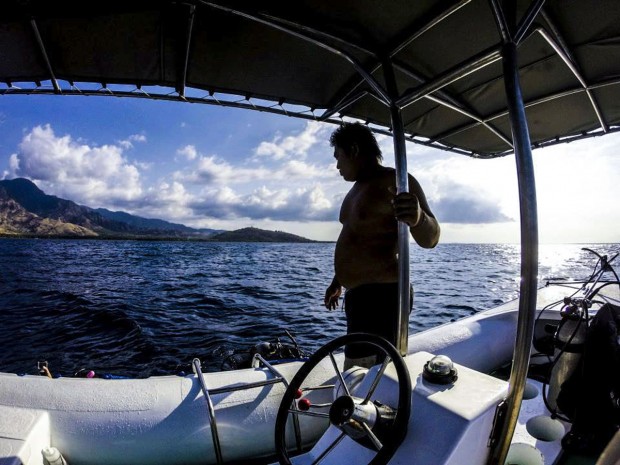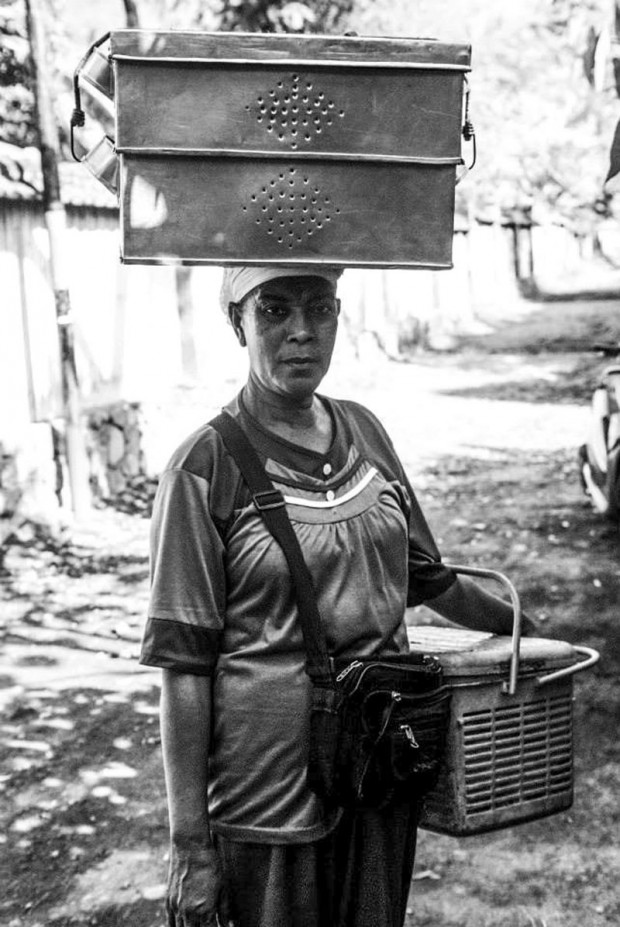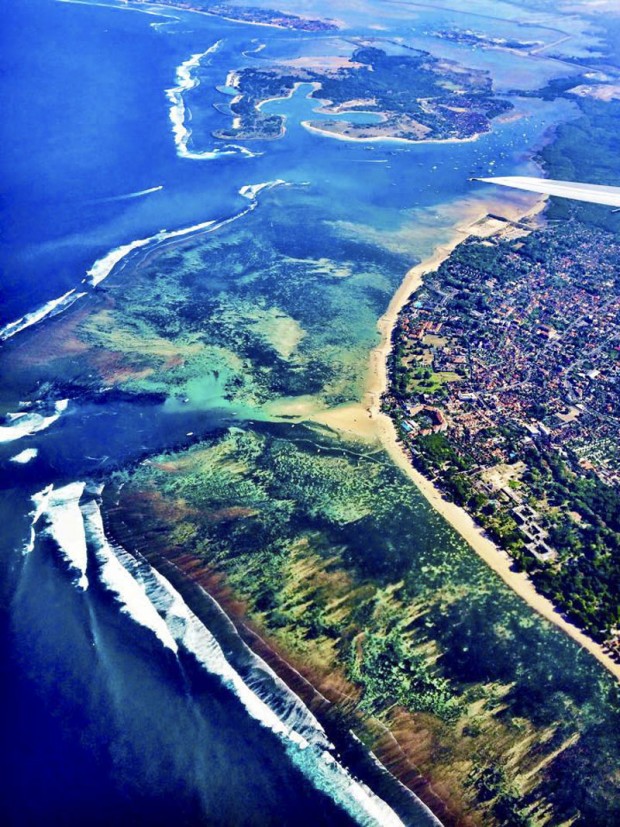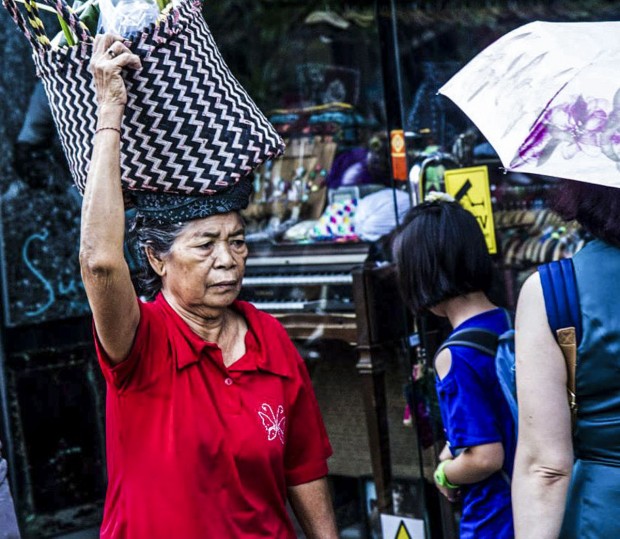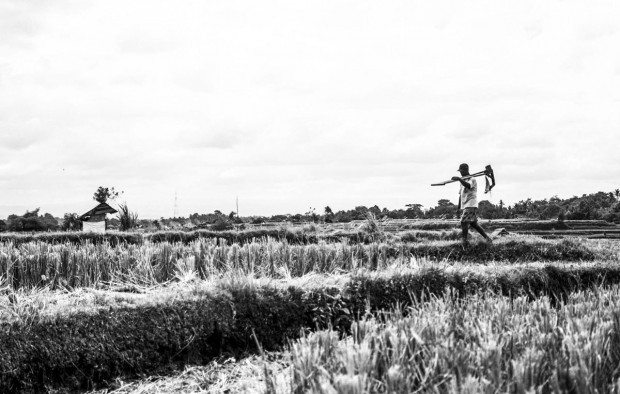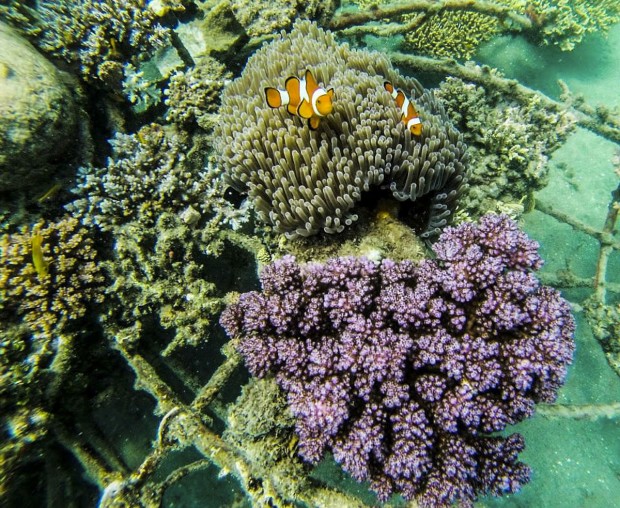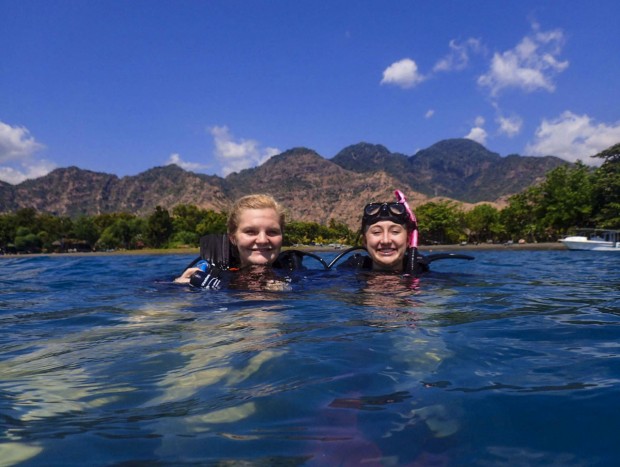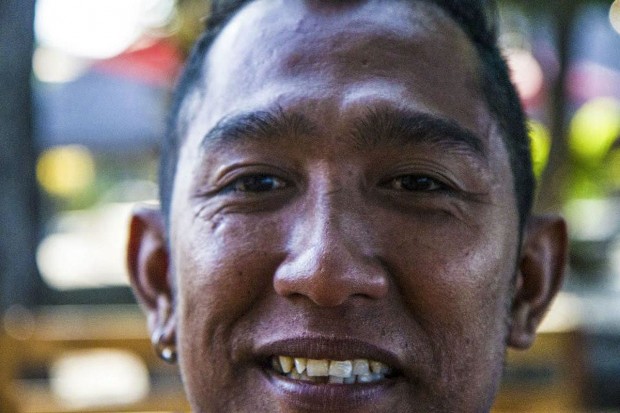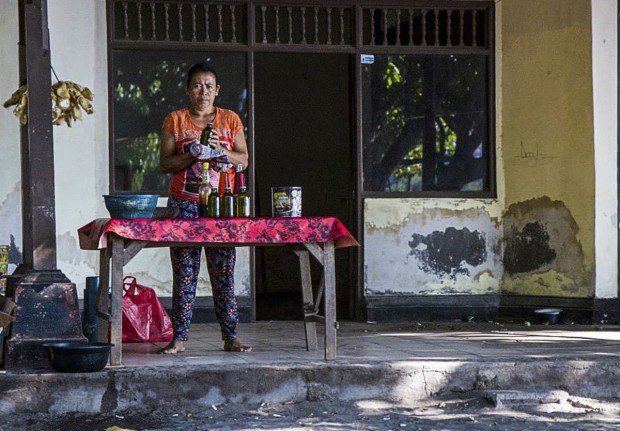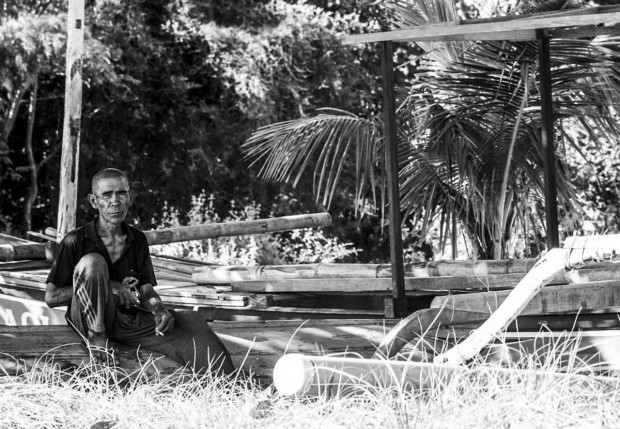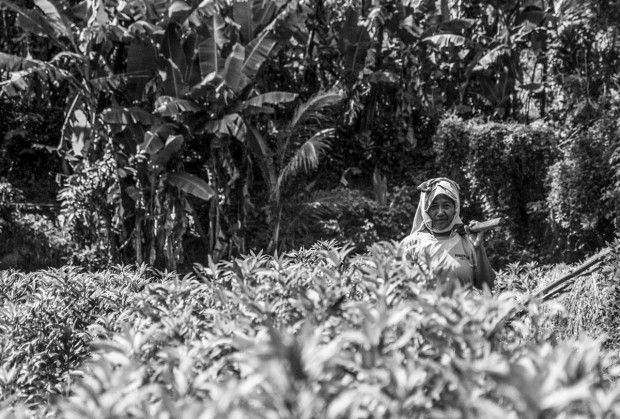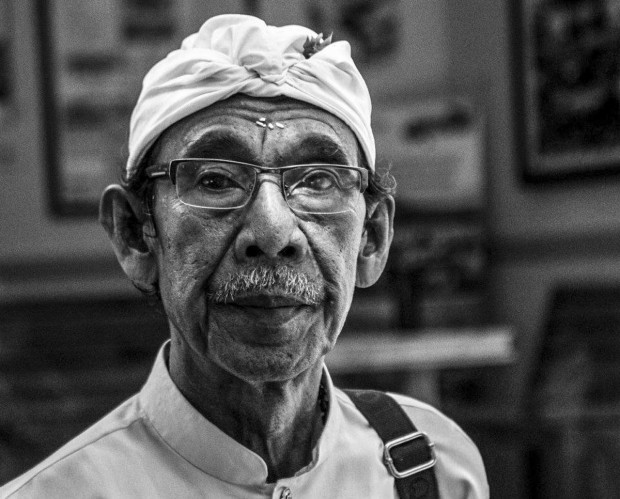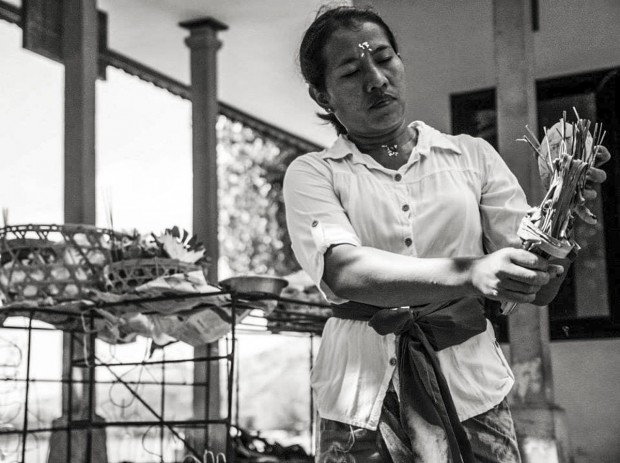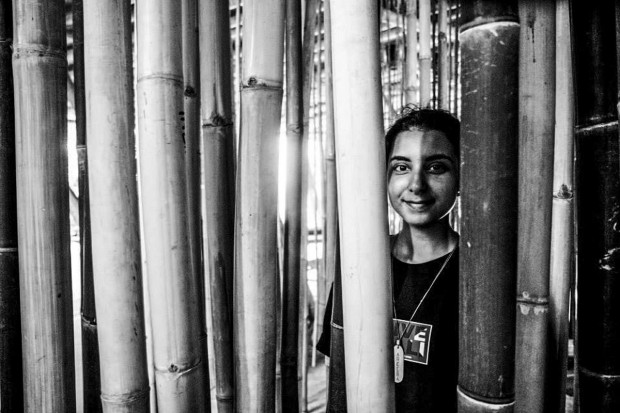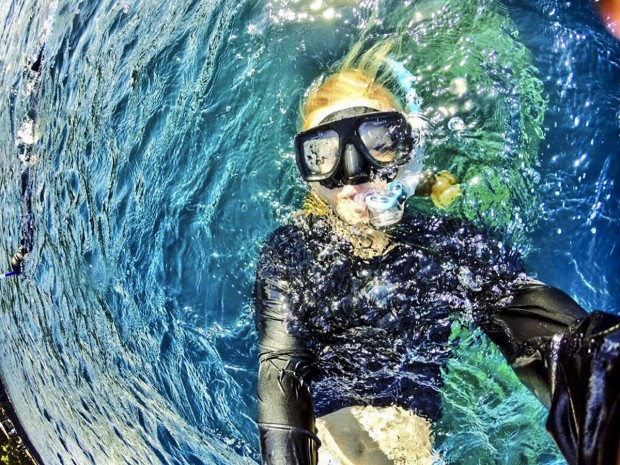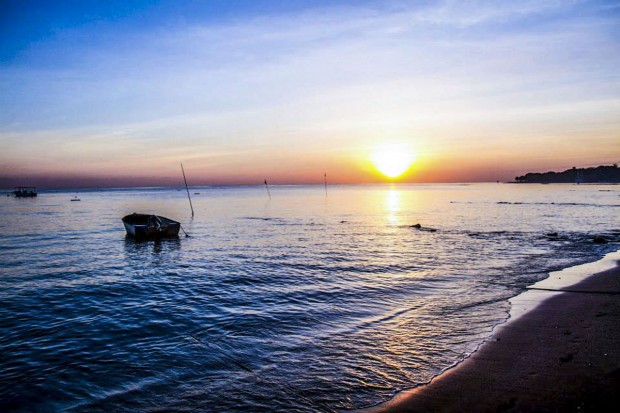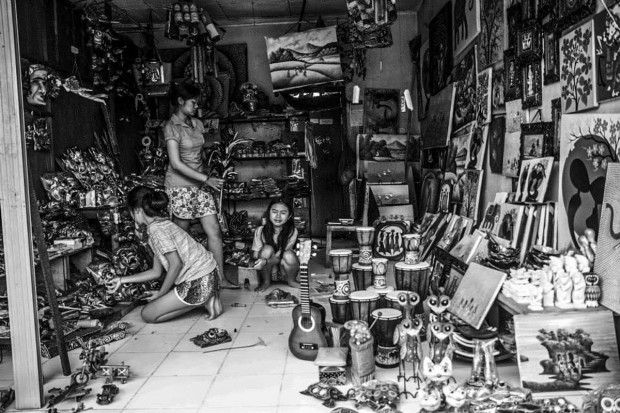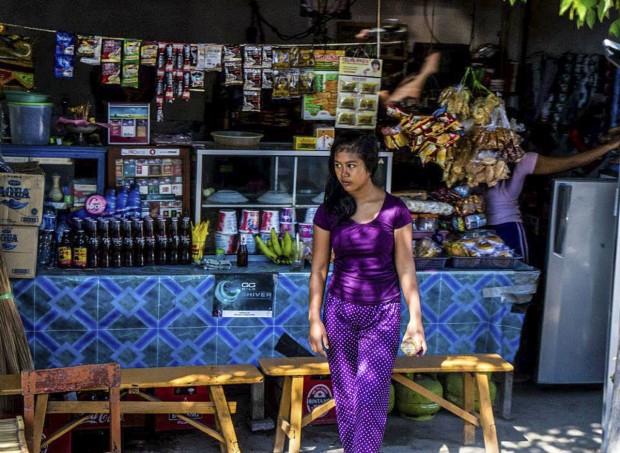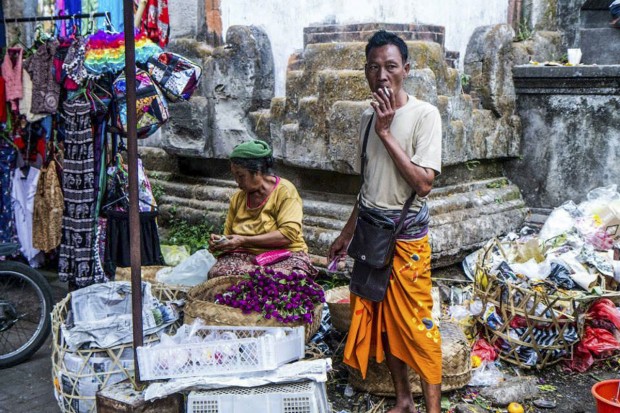My trip to Bali
The group is dressed in floor-length sarongs for a traditional Balinese ceremony. Before the ceremony, we left offerings to the gods, just a short walk from the Green School.
Last winter, I applied to be part of a National Geographic ocean-conservation student expedition to Bali. Much to my surprise and excitement, I was accepted a few weeks later. I could not wait to fly to the other side of the world with 16 other high-school students, guided by two trip leaders. I had never met any of them before, and little did I know that these 18 strangers would become a family to me.
On June 26 at 9 p.m., we all met by a “National Geographic” flag at LAX (I had spent 11 hours alone in LA before this). Eventually, we embarked on the first leg of our trip: a 26-hour flight to Bali. Once we got off the plane, with swollen ankles and restless eyes, we drove two hours to our first destination. After driving only a few feet away from the airport, I knew Bali would be unlike anything I had ever seen before.
Immediately, we could see extreme variations in lifestyle throughout the city. Bali is an Indonesian island exploding with vibrant culture, people of all kinds, and stray dogs and offerings to the gods everywhere. We would pass by a street with shacks occupied by those living in complete poverty, and moments later see a series of temples surrounded by extravagant statues. My peers and I all struggled to keep our eyes open despite our fatigue from the flight, staring at the bizarre image of mopeds everywhere, with entire families stacked on one small motor bike. Eventually, every single one of us passed out.
Upon arrival at the hotel, we were greeted with fresh watermelon juice and men who carried our huge bags to our rooms for us. We could see 1) the Balinese people appeared to be extremely unselfish, and 2) this was going to be an amazing experience.
In Bali we went on many scuba-diving excursions, visited the town market in Tulamben, and did many other “touristy” things. However, trip’s main focus was to learn about and help create sustainability. When we were in Pemuteran, we stayed along the shore of the original Biorock project. The project is an effort towards reef restoration; metal structures are placed among reef systems to assist coral growth. Our group spent one day welding a “NG” structure (for National Geographic) and welding our names onto the structure, and finally placing it among the reefs. We spent many nights receiving lectures from National Geographic researchers to learn about ocean sustainability.
We also stayed at the world-famous Green School at Ubud, located in the jungle of Bali. Upon arrival at the Green School, we went on a quick tour, and were told that the Green School is the most sustainable school in the world. Each building at the school is constructed entirely from bamboo and grass. They even have composting toilets, and they make their plates and utensils from banana leaves. Living this way for five days was refreshing.
My trip to Bali was most definitely an experience that I wouldn’t change for anything. It is truly a unique country, and each of the four cities we lived in was entirely different, something I have never seen anywhere else.
Want more buzz like this? Sign up for our Morning Buzz emails.
To leave a comment, please log in or create an account with The Buzz Magazines, Disqus, Facebook, or Twitter. Or you may post as a guest.


